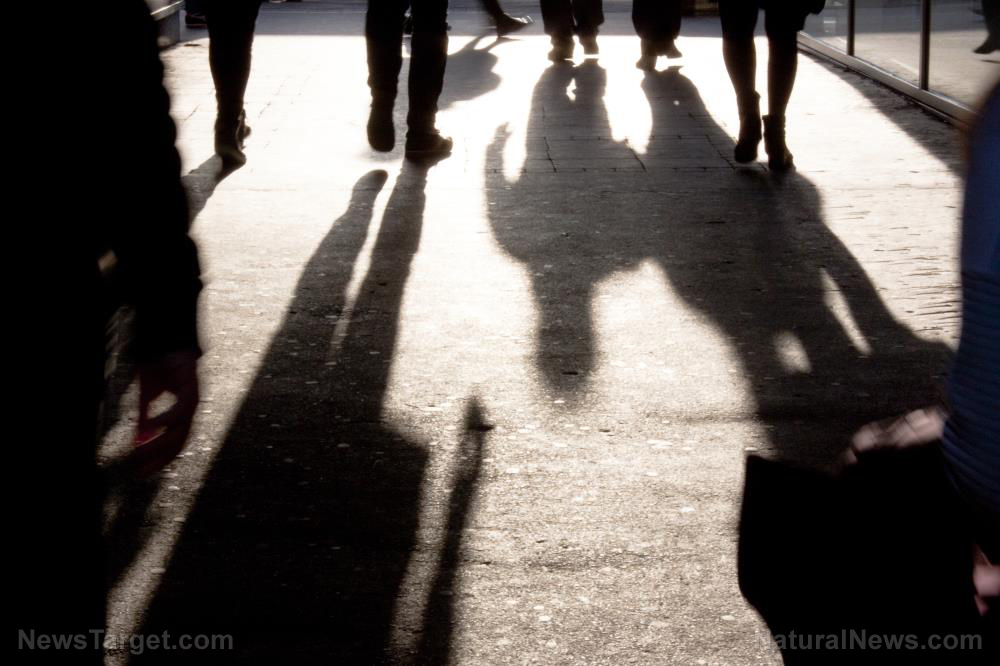 Parler
Parler Gab
Gab
The rocket booster thought to be an asteroid
Discovered in August of 2020, SO barreled toward Earth and was predicted to become a minimoon for six months. But NASA scientists later suspected that 2020 SO was an old rocket booster because it was orbiting the sun in the same path as Earth's – nearly circular, in the same plane and only slightly farther away from the sun at its farthest point. The object also slightly accelerated due to pressure from sunlight. "An asteroid is not easily pushed around … But an empty can, like a rocket stage, would be pushed around," Paul Chodas, head of NASA's Center for Near-Earth Object Studies, told Space in September last year. Come December, NASA confirmed that 2020 SO was not an asteroid but a floating space junk. "It turned out that this one ended up being a rocket booster from a failed mission of lunar lander, Surveyor II, that was launched in 1966," said Loeb.'Oumuamua is similar to rocket booster
Loeb drew parallels between 2020 SO and 'Oumuamua. Like the former, many scientists initially believed that 'Oumuamua was either an asteroid or a comet. But the strange object, known as the solar system's first recorded interstellar visitor, had many qualities that were unusual for both. It was long, thin, tumbling end over end and exceedingly bright for a space rock. The reflected sunlight off its surface also varied by a factor of 10, which suggested that it had an extreme geometry. "Even if you consider a razor-thin piece of paper tumbling in the wind, the amount of area that is projected in your direction is not varying by more than a factor of 10, because the chance of seeing it edge-on is really small," Loeb said. 'Oumuamua also accelerated when it approached the sun, causing Loeb to suspect that it was a "light sail" made by an advanced alien civilization. A light sail is a spacecraft propelled by sunlight. It has large reflective sails that capture the momentum of sunlight and use that momentum to push itself forward. (Related: 'Oumuamua asteroid may really be alien technology; it accelerates under its own power.) But other scientists dismissed the idea and said that 'Oumuamua accelerated because it is a comet, which also accelerates when it comes close to the sun. As its icy surface melts, a comet unleashes massive bursts of gas that generate powerful thrusts. But Loeb pointed out that 'Oumuamua lacks a comet's classic tail – a long, visible trail of gas and dust that typically extends for hundreds of millions of miles. Indeed, scientists knew 2020 SO was not a comet due to the absence of this feature even though the object picked up under the sun's influence."We know that it's artificially made. It had no cometary tail," Loeb said. "We know that we made it. So that provides evidence that we can tell the difference between a rock and an object that is pushed by sunlight."
The best way to ascertain 'Oumuamua's origins is by taking more images of it, but the mysterious object has already left the solar system.
"So we missed the opportunity … It's like having a guest for dinner, by the time you realize it's weird, it's already out of the front door into the dark street," said Loeb.
Now, Loeb is hoping that future interstellar visitors could help crack the 'Oumuamua mystery.
"That was the first guest, and we should look for more."
Cosmic.news has more about mysterious space discoveries. Sources include: DailyMail.co.uk Space.com 1 Space.com 2 NASA.gov Planetary.orgStudy shows antioxidants in cheese may protect blood vessels from salt damage
By Rose Lidell // Share
Supplementing with vitamin D found to improve blood pressure in overweight children
By Zoey Sky // Share
Steve Quayle: Truth about aliens and destruction of human race will be revealed
By Kevin Hughes // Share
Qatari study finds natural immunity is 97% EFFECTIVE against severe COVID even after 14 months
By Ramon Tomey // Share
Curcumin found to stop cancer cell growth
By Zoey Sky // Share
If October 7 justifies the Gaza genocide, what acts of violence will the Gaza genocide justify?
By newseditors // Share
By newseditors // Share
Ultra-processed foods and poor sleep: Breaking the link through dietary choices
By willowt // Share











